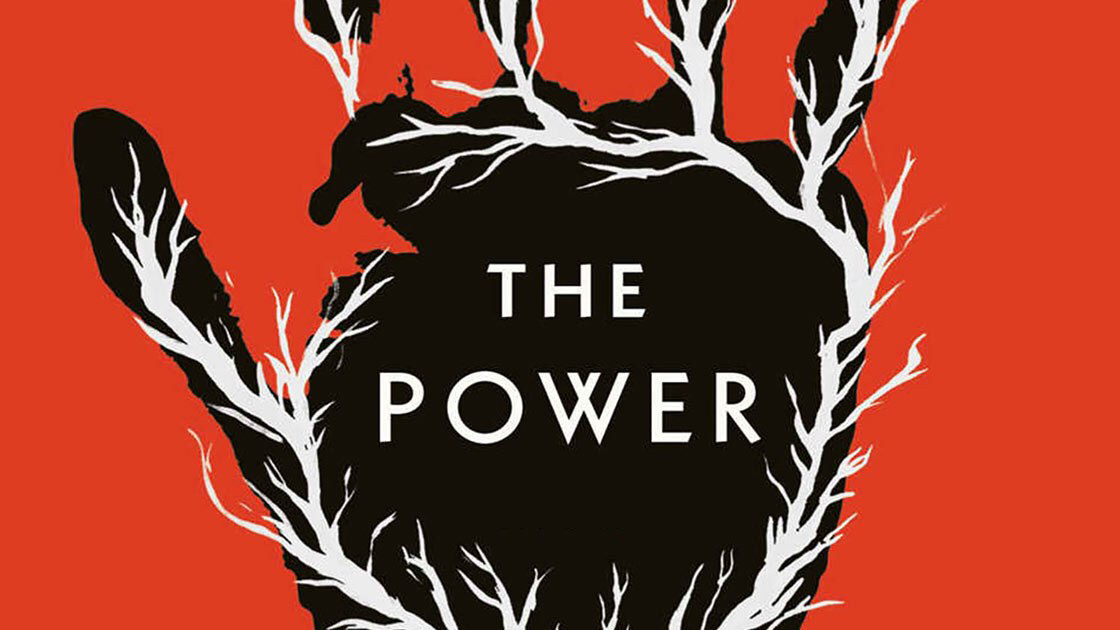Being sexist.
Note: I’ve had the thinking in this post rattling around my head for a little while now, and earlier this year gave me a reason to note it…

Note: I’ve had the thinking in this post rattling around my head for a little while now, and earlier this year gave me a reason to note it down — but as today is International Women’s Day, it seemed a relevant time to hit publish. Men are such a crucial part of the equation, but especially the awareness that it takes more than tweeting your support (or writing a Medium article…) if we’re really going to make a difference to the balance of power in the long run.
Here’s the key thing: I don’t think it’s possible to not be prejudiced in a fundamentally prejudiced society. You either choose to acknowledge you are an actor that unconsciously helps it function (and therefore try to do something about it) — or allow it to continue through your ignorance.
That means I’m a sexist, racist and every other “-ist” you want.
If we all acknowledge this, I think we’ll make better decisions, take better responsibility for the mistakes we make, and hopefully be able to work on it together.
A few years ago, I encountered this great piece, which describes the way unconscious prejudice creeps up on you. It remains one of the most eye-opening things for me on the subject.
Then last year, I was blown away by The Power, in which women gain an electrical charge and can use it to subjugate others. Walking down a corridor with a woman behind me, for the first time I actually felt a taste of vulnerability that’s so unfamiliar given my privilege in areas like race, gender and class.
The last bit of the puzzle came when I asked my Facebook feed a question: if masculinity now shares the positive characteristics of “hunter-gatherer-provider” with women, and must also shed the negative “wolf-whistling me-to van driver” creep identity too — what is left to define it? What is modern masculinity, without these previous preconceptions?
I found the most convincing answers drew this picture:
To be masculine in 2019 is about being aware of your privilege and power, but choosing to give it to those with less.
Why does it require some cost to yourself? Because I don’t think you get points for claiming values that cost you nothing to hold. If you want to see what someone really believes, look at how much they will sacrifice to stand by it.
A case study
I recently compiled and edited an “oral history” of the origins of Old St/ Silicon Roundabout. The format is assembled by taking quotes from different interviews, around different themes, to share the experience of what it was like to be there.
I’d emailed a broad variety of contacts, some familar, some long shots, some asking for introductions. Some replied, some started to discuss it, some pulled out — the usual trend you’d expect.
I managed to complete 5x interviews and put the piece out, alongside the new newsletter it was due to feed. But I fucked up — because although I had approached several women for the piece, I’d only persevered and scheduled one for inclusion, and relatively late on.
Ultimately, I let the looming deadline get the better of me and didn’t draw a strict enough line on how important it was to get a balance of perspective of the piece.
I wanted to talk through some of the mistakes and impact because, even as someone who is ACTIVELY TRYING to be improve this area, unconscious bias is a deep and frustrating thing.
I didn’t design the questions well enough to dig past the first levels of sexism + bias
I touched on the topic a few times in the interviews, but didn’t push further to get to the depth I need. Then because I didn’t truly acknowledge what was missing, I didn’t engage seriously enough to fill that gap.
And I neglected the importance of the idea that most of the credit has already been given to men, making it worse.
I allowed women to be an object in the piece
This tweet is completely correct — and it’s a terrible oversight.
I spoke to too few women, too late in the process
Meaning by the time I got there, a lot of the obvious topics had already been discussed, making it harder for the interviewee. It also compounds the damage of not having questions designed well enough to explore this area.
In the face of a looming deadline, I bailed
I had a couple of open leads with female participants who hadn’t responded. I got caught up in my to do list and prioritised other things, thinking we already had 5x perspectives, but ignoring the imbalance. Not good enough.
What would I do differently?
Some of this is covered above but, fundamentally I intend to start research/ production of any piece of content with the less represented perspectives first.
This is less about basics like getting a balanced number of backgrounds — it’s more about taking the opportunity to start your thinking and exploration from a different place.
We’re constantly talking about how homogenous content and conversation has become, perhaps this is part of the cause.
I will continue to get this wrong more than I like. There will be other mistakes. But we must acknowledge them and plan around them if we are to improve the situation for everyone.
Hopefully there’s something in this article that helps us get there together.

